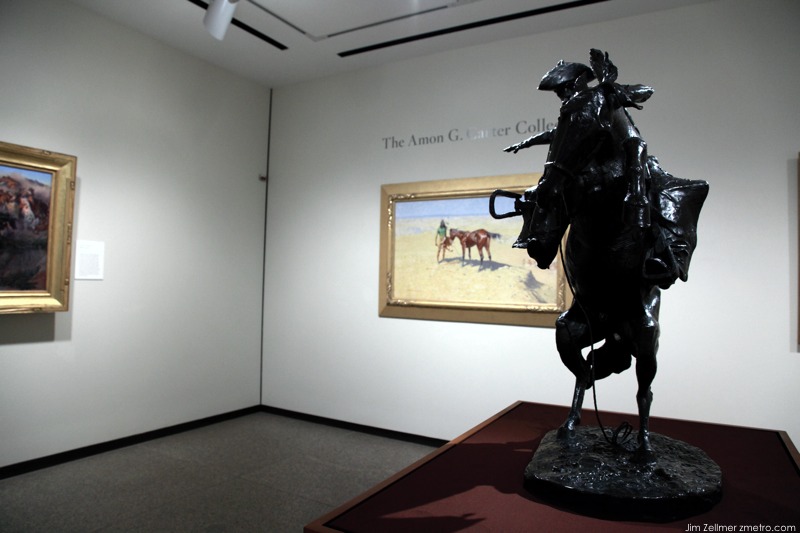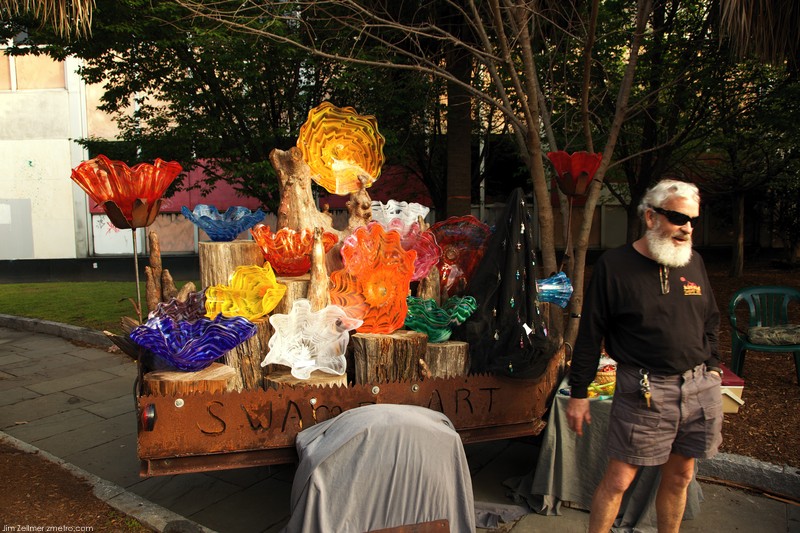Category: Art
VR Scene: Jepson Center for the Arts Savannah
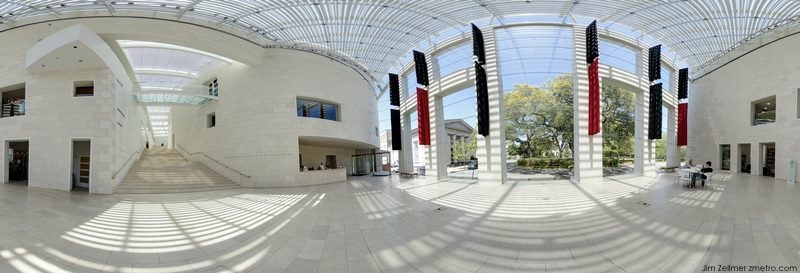
Swamp Art
BMW Art Cars on Parade
They won’t be racing but BMW’s famous Art Cars will be back on display. The Los Angeles County Museum of Art will feature four of BMW’s 16 art cars until Feb. 24.
Among the four are some of our favorites:
— Roy Lichtenstein’s 1977 Group 5 320i with its wild wing and body work.
— Frank Stella’s graph-paper 3.0 CSL.
— The 1979 Group 4 M1 that Andy Warhol painted with a brush.
All three cars raced at Le Mans with their new paint jobs.
Robert Rauschenberg’s 1986 6-series was not a race car and, with its more conventional bodywork, seems far more restrained than the rest.
Bangle Bids Adieu
When it comes time to chart designer Chris Bangle’s contribution to the BMW brand’s aesthetic, few pundits will praise his pulchritudinous perversion of pistonhead passion, or thank him for the aesthetic affectations for which BMW is now known. In other words, the “Bangle Butt” will be Chris’ lasting legacy. Of course, this is also the man who removed the words “flame surfacing” from art school and placed them on the tip of his detractors’ tongues. That and Axis of White Power. (Oh! How we laughed!) Equally improbably, the Buckeye State native helped the expression “Dame Edna glasses” cross into the automotive lexicon. Yup. It’s been a wild ride. Literally.
CAR:
BMW design boss Chris Bangle is to leave the car industry, it was announced today. In a statement, BMW said Bangle was quitting ‘to pursue his own design-related endeavors beyond the auto industry.’
Bangle, 52, was the architect of the often controversial flame surfacing look that transformed BMW design from the Russian doll mentality of the 1990s to the edgy – some would say radical and divisive – styling of today.
The cars Bangle spannered
The outgoing design chief has overseen the launch of the current 1-, 3-, 5- and 7-series saloons and hatchbacks, as well as the raft of niche models that have seen BMW’s model range explode in recent years: the Z3, Z4, Z8, X3, X5, X6 and 6-series were all conceived on his watch.
Bangle grew up in Wausau, WI.
I give him a great deal of credit for dramatically changing what is often a very conservative business: car design.
Jason Bentley Takes over Morning Becomes Eclectic
One of the biggest issues on listeners’ minds is the direction you’ll take KCRW. They wonder how much like Nic Hartcourt you’ll be and how your electronic influences will affect the morning slot. What say you?
My responsibility in this position is to integrate the influences of all the Music Directors before me, and take it to another place altogether–which means all genres of music from all over the world.Besides a reverence of Joe Strummer and The Clash and a good ear for underground bands that could appeal to a wider audience, I don’t have that much in common with Nic musically. Nic’s been great at the helm of MBE, but I’m going to bring my own music experience to the program with an appreciation of where it’s been. Yes, that does mean an affinity for Electronic music and global club culture, but that’s not all and I certainly will consider what works best during the morning hours.
Will you start focusing locally?
I feel like I do already to a great extent. I’ve been producing events locally for nearly two decades. I’m very involved in the LA scene, and KCRW is totally invested in local music, while at the same time actively making connections abroad. Personally, Silversun Pickups and Morgan Page are among my favorite local artists.
What considerations and thoughts will go into who you choose to play in studio?
Mostly looking to mix it up – everything from Afrobeat to Neo Soul and quirky Folk.
Fordlandia
The album has a theme, although it’s more loose and open to interpretation than on my last album, IBM 1401, a User’s Manual.
One of the two main threads running through it is this idea of failed utopia, as represented by the “Fordlândia” title – the story of the rubber plantation Henry Ford established in the Amazon in the 1920’s, and his dreams of creating an idealized American town in the middle of the jungle complete with white picket fences, hamburgers and alcohol prohibition. The project – started because of the high price Ford had to pay for the rubber necessary for his cars’ tyres – failed, of course, as the indigenous workers soon rioted against the alien conditions. It reminded me of Werner Herzog’s Fitzcarraldo, this doomed attempt at taming the heart of darkness. The remains of the town are still there today. The image of the Amazon forest slowly and surely reclaiming the ruins of Fordlândia is the one that gave spark to this album. For the structure and themes of the album I was influenced by the films of Alejandro Jodorowsky, Herzog and Kenneth Anger. I was interested in a kind of poetic juxtaposition and an alchemical fusion of themes and ideas, which I feel is similar to the way Anger uses montage as an alchemical technique – as a way of casting a spell. During the making of the album, I also had in mind the Andre Breton quote about convulsive beauty, which he saw in the image of “an abandoned locomotive overgrown by luxurious vegetation”. There is a strong connection to the IBM 1401 album in terms of both thematic and musical ideas and I see the two albums as belonging to a series of works.
Fascinating and quite pleasant. Clusty Search: Fordlandia.
The Power of One
A few years ago, I had an opportunity to hear “her deepness” Sylvia Earle speak. She included this short video in her presentation – “the Power of One“.
Earle emphasized the opportunities we all have to change the world. I recalled her talk while visiting with Hal Herron recently. Herron, of Riverton, Wyoming has been adding outdoor art to his home town in an interesting way.
Museums often create large banners to promote an exhibit. Herron sought out these banners after a showing is complete. He pays for shipping to Riverton and places them around the community for all to enjoy. Fascinating. He forwarded two photos, seen below: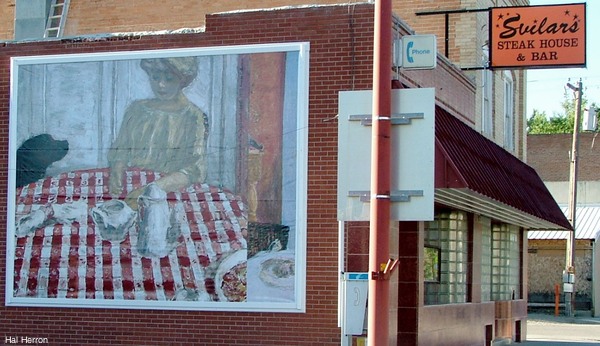
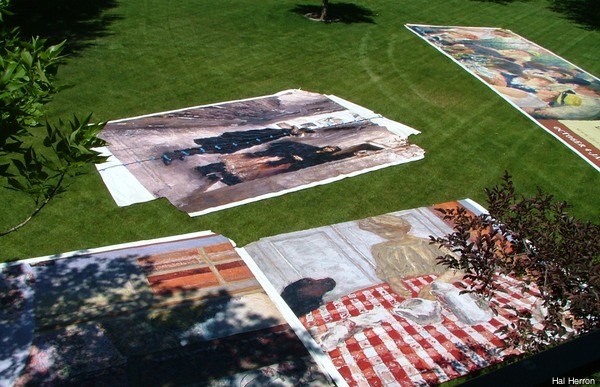
Bill Perkin’s full page New York Times ad in today’s paper is another illustration of the “Power of One”. 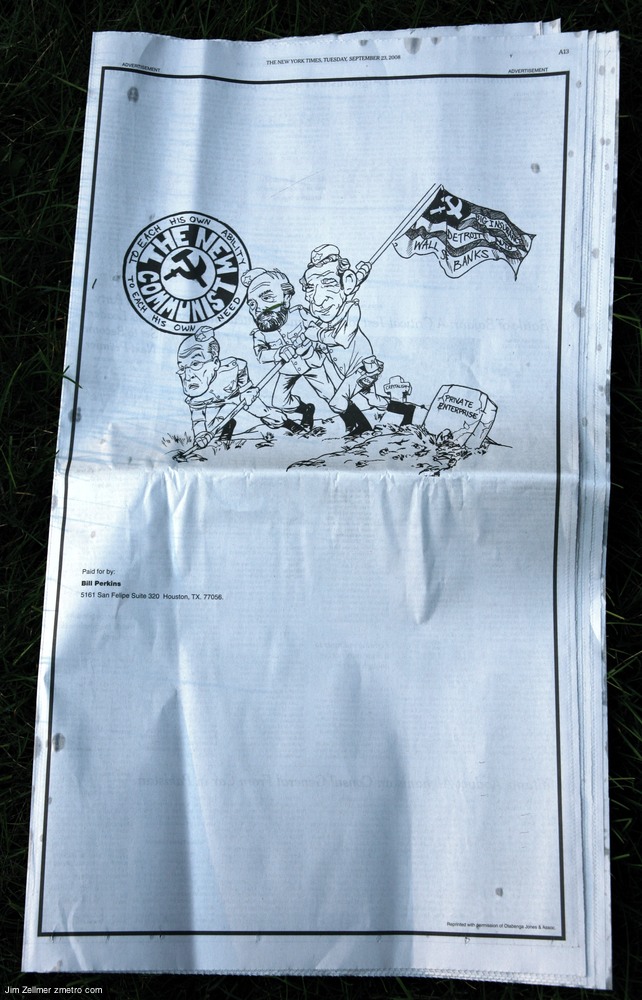
Perkins approach requires a certain size checkbook, of course 🙂
All of which reminds me of the “two greatest commandments”.
KAL Illustrations at the Republican Convention
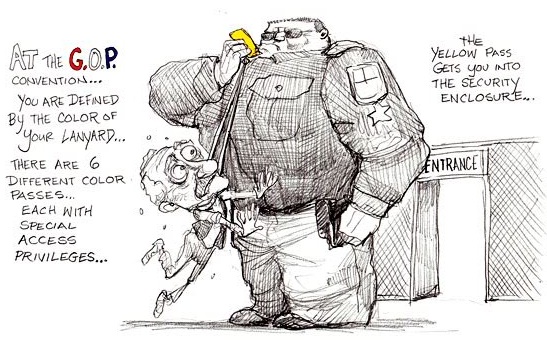
The Economist. Democrat convention illustrations can be found here.
Great stuff.
VR Scene: Toronto’s Bata Shoe Museum
Click to view the full screen vr scene. Place your mouse inside the photo, click and pan left, right, up or down..
Bata Shoe Museum website:
Sonja Bata was born in Switzerland, where she studied architecture. In 1946 she married Thomas J. Bata, the son of a well-known Czechoslovakian shoe manufacturer who had emigrated to Canada at the beginning of World War II. His family enterprise in Czechoslovakia had been nationalized under the Communist occupation. From the beginning, Sonja Bata shared her husbandfs determination to rebuild the organization and took an active interest in what was to become a global footwear business.
Over the years, she grew increasingly fascinated by shoes, their history and the reasons why specific shapes and decorative treatments had developed in different cultures. During her travels, she realized that some traditional forms were being replaced with western shoes, reflecting changing lifestyles to some extent influenced by the production of the spreading Bata factories serving local markets.
Since the 1940s, Sonja Bata has scoured the world for footwear of every description, from the most ordinary to the most extraordinary. Her combined interest in design and shoes has led to a very personal collection, with examples from many cultures and historic periods.
This hand held vr scene was taken a few months ago while “stuck” in Toronto during a snowstorm.
